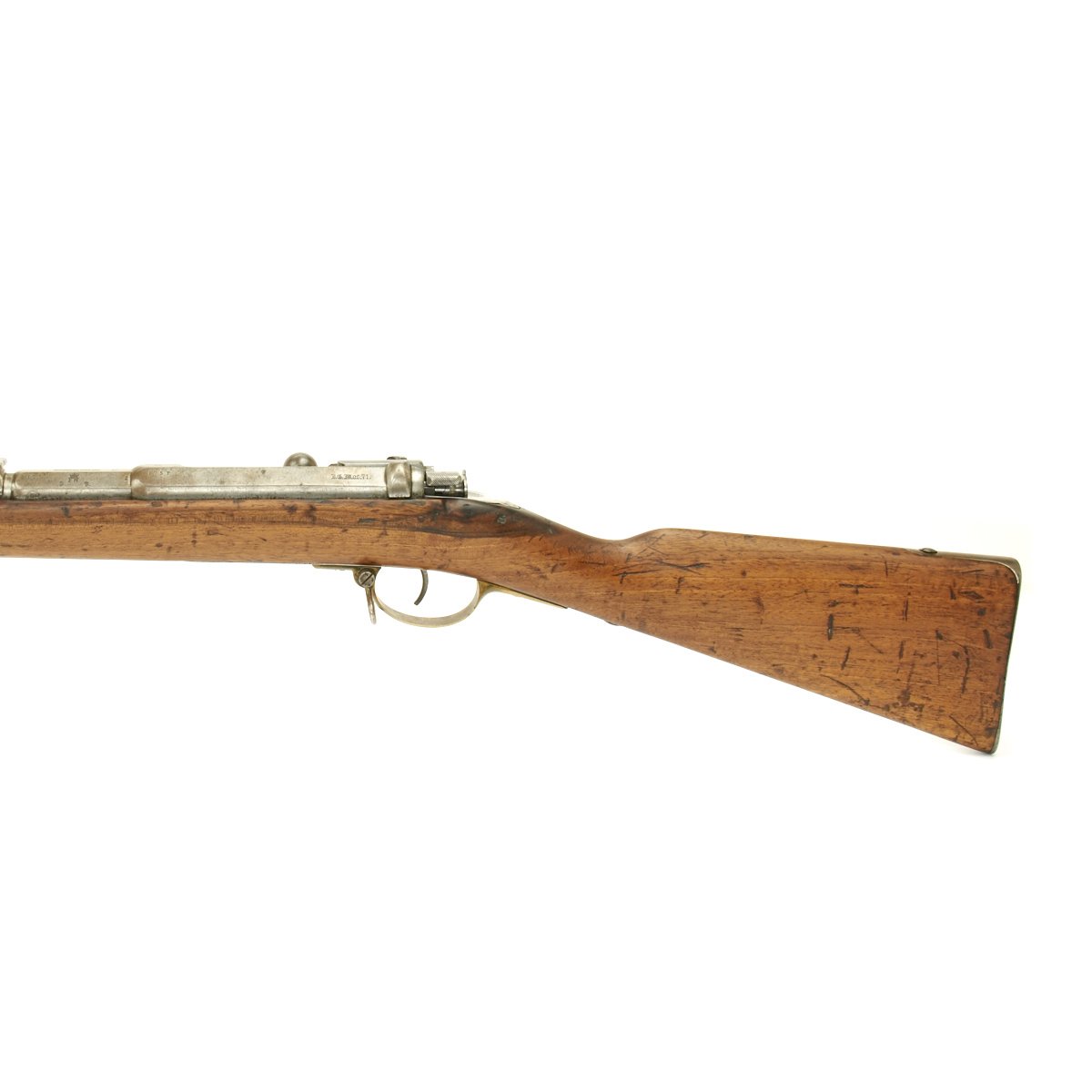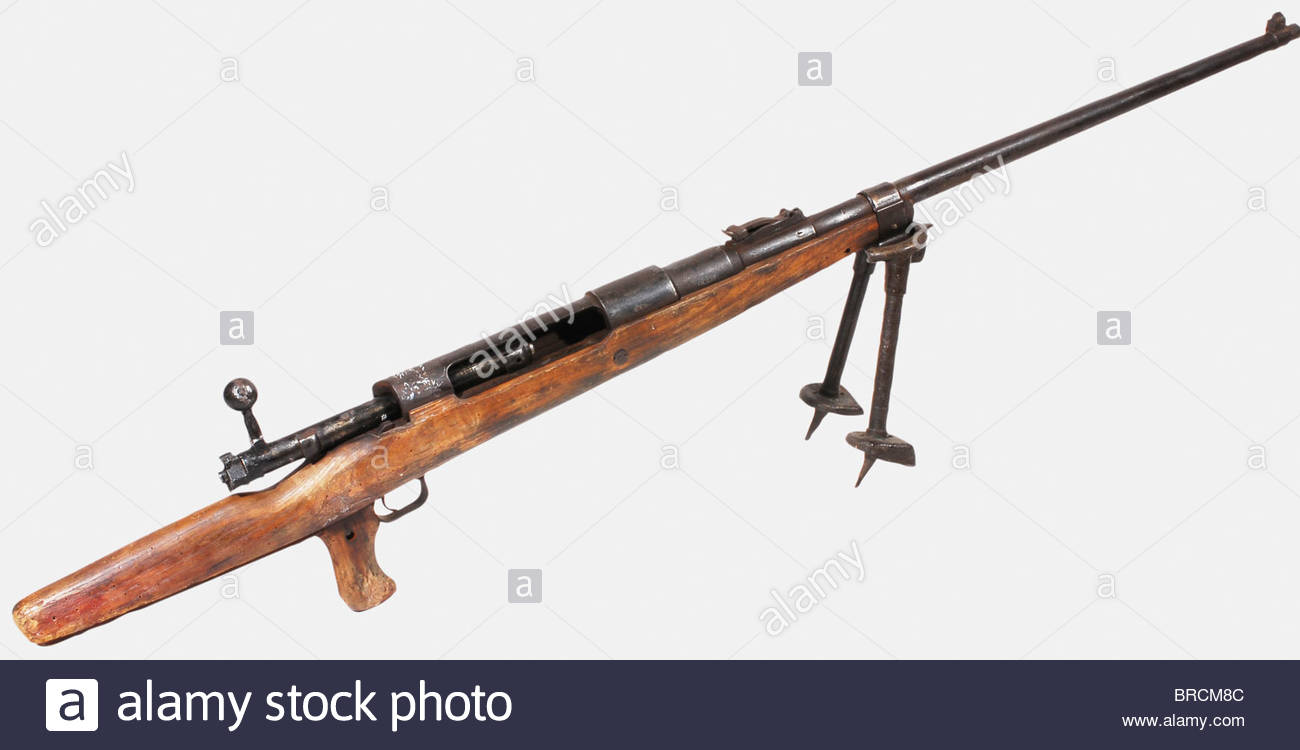

Stoeger contract Caliber 9mm Parabellum - 8 barrel A few hundred produced, 1 to 3 digit serial: DWM/Mauser Oberndorf. Stoeger contract Caliber 7.65mm - 4.75 barrel A few hundred produced, 1 to 3 digit serial: Mauser Stoeger - produced 1930-1934 A.F. In terms of mechanical assurances, this stamp is the most important on the weapon. A few hundred produced, 1 to 3 digit serial: Mauser Stoeger - produced 1930-1934 A.F. In order to obtain this certification, the firearm must successfully fire two rounds of ammunition that have been loaded 30% hotter than the accepted maximum caliber specification.

The N stands for nitrocellulose and as you may have guessed, means that the firearm has been approved for safe use with nitrocellulose-based gunpowder. The eagle is a federal insignia in Germany and in this case is indicative of the firearm’s acceptance according to government standards. The first stamp we will discuss is the “eagle over N” that is consistent on all German firearms. Over the years, the specific proof stamps employed by German manufacturers have varied somewhat (especially during and after World War Two), but the markings have remained fairly consistent for most of the past half-century. Well, not that I could tell - it was similar to a German Mauser and they have. Though the measures seem heavy handed, collectors largely believe that the regulations did improve the overall quality of European arms in the latter half of the 19 th century. I saw the serial number and the gun wasn't blued at the timeit had a. Intended to help guarantee the quality of firearms produced in each nation, proof laws laid forth a set of standards that gun manufacturers must adhere to in order to market their products. Though the European tradition of compulsory proofing (and subsequent marking) dates back to the English Gun Barrel Proof Act of 1868, Germany did not adopt a similar law until 1891. Interesting rifle.Officially, these markings are known as proof marks or proof stamps. These rifles often contain a mixture of styles that were common before the war.

A guild maker would have used a military '98 as the basis of his work and all the relief carving would make more sense on an order placed by a non-German. If the rifle lacks proof marks (other than original military), and I do not see them in your photography, then this rifle may have been built for an officer in the occupation forces in the years immediately after WWII. The checkering and relief carving is very unusual for the period if it is indeed pre-war. Most of these - and they can be very fine firearms - are unmarked except for proof marks.

If there is no maker or vendor's name on the barrel, it is likely a guild gun - meaning it was built by a gunmaker not associated with one of the bigger companies in Suhl or elsewhere. The scope and claw mounts would indicate a between the wars gun - likely thirties. First of all, it is difficult to tell anything definitive from the photos.


 0 kommentar(er)
0 kommentar(er)
